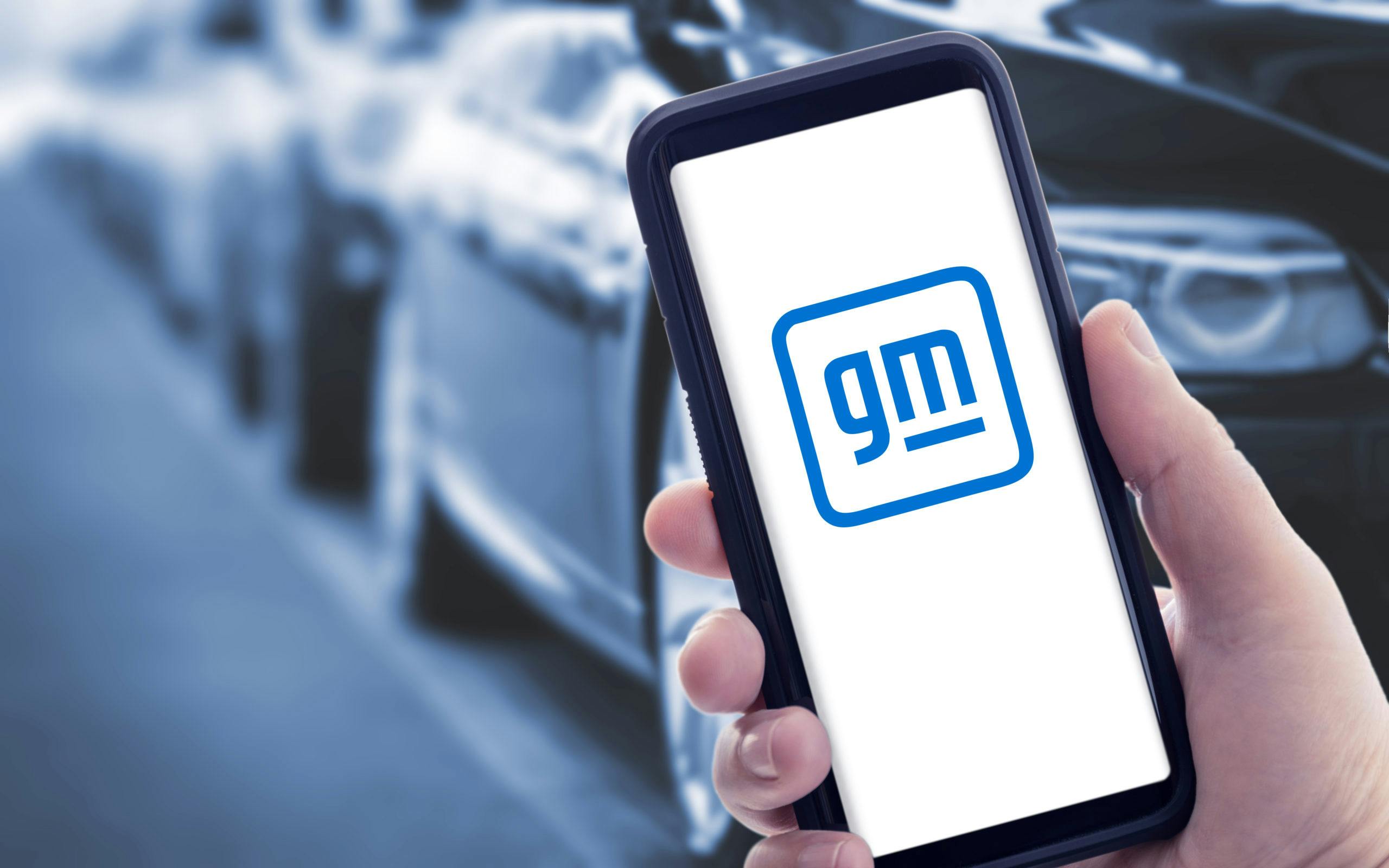General Motors and Cruise Automation have reportedly sued Ford for the BlueCruise name of its semi-autonomous hands-free driving assistance feature. According to Reuters, GM and Cruise say that the name infringes on the trademarks for Super Cruise and Cruise.
“While GM had hoped to resolve the trademark infringement matter with Ford amicably, we were left with no choice but to vigorously defend our brands and protect the equity our products and technology have earned over several years in the market,” GM said in its statement. Filed Friday in California, GM also noted in the lawsuit that it had held “protracted discussions” with Ford but wasn’t able to resolve the matter. Ford, on the other hand, called the lawsuit “meritless and frivolous.”
“Drivers for decades have understood what cruise control is, every automaker offers it, and ‘cruise’ is a common shorthand for the capability,” said Ford in a statement. “That’s why BlueCruise was chosen as the name for the Blue Oval’s next evolution of Ford’s Intelligent Adaptive Cruise Control.” GM, however, doesn’t buy Ford’s argument, stating that the latter knew what it was doing and decided to rebrand something close to Super Cruise and GM’s Cruise self-driving division, which could confuse consumers.
General Motors has been using the Super Cruise name for its hands-free driving assistance feature since 2012. Cruise, its self-driving arm, has been in operation since 2013. Ford announced that it will call its semi-autonomous hands-free driver assistance feature BlueCruise in April of this year.
Currently, Super Cruise is available in several vehicles including the Chevrolet Bolt EUV and Cadillac Escalade. The GMC Hummer EV pickup and SUV, Cadillac Lyriq, and several other vehicles are also available with Super Cruise. However, not all versions are the same. The Bolt EUV, for example, doesn’t get automatic lane changing whereas the Escalade, Hummer EV models, and Lyriq will get the capability. Certain models with built-in navigation and Google Maps will also show you which roads will allow you to drive hands-free. Super Cruise works on the highway, blending the functions of adaptive cruise control, traffic jam assist, steering assist, and lane centering. It uses audible and visual warnings to let you know when you need to take over. Super Cruise will soon be available on more models include the Chevrolet Silverado, GMC Sierra, and the upcoming Cadillac Celestiq.
Ford’s BlueCruise system works similarly to General Motors’ Super Cruise in that it’s mainly used on the highway. About 100,000 miles of roads within the U.S. and Canada that Ford has dubbed “blue zones” will allow you to drive hands-free. A camera facing the driver monitors your eyes to make sure you’re paying attention to the road ahead. Like General Motors’ Super Cruise, Ford’s BlueCruise combines the functions of adaptive cruise control, traffic jam assist, lane centering, and steering assist. However, the prompts that tell you to take control of the vehicle are only visual ones that appear on the instrument cluster. Ford announced earlier this year that BlueCruise will be added to compatible vehicles via an over-the-air update. It will be available as an option costing between $600 to $1,595 depending on the trim. Initially, BlueCruise will launch on the F-150 and Mustang Mach-E.

